
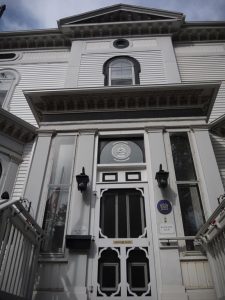

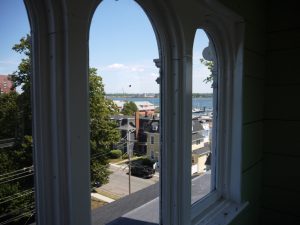

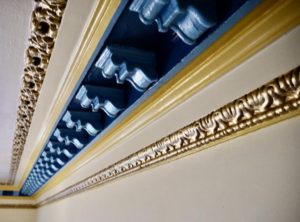
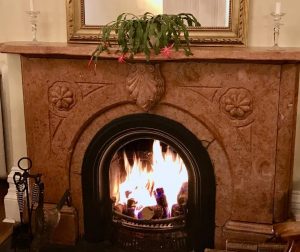
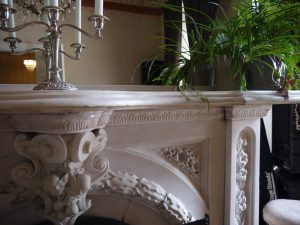
The Architecture of Farringford
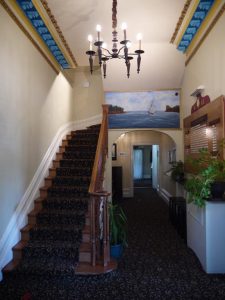
Farringford is the home today of the Haviland Club. It is called by that name in memory of the home on the Isle of Wight of Alfred Lord Tennyson who was the poet laureate of the British Empire in the period between 1850-1892, he was a favorite of Esther Full-Lowden who had the mansion built in 1869, for herself and her three daughters, Dorothy, Alice, Georgina.
The house has many striking features, most notably its unique “Italianate” style, this style was the fashion in Europe at the time and imitated the Italian villas found in Tuscany with their reminiscent classical architecture and the famous tower belvedere at the top.
Built as a family home, this heritage-designated mansion was commissioned by the wealthy and young widow Esther Full-Lowden. She belonged to the powerful and rich upper society of Charlottetown. Her wealth came from the inheritance left to her by her much older husband George who had died suddenly many years prior. Her architect, David Stirling of Halifax, conceived room proportions and arranged for the stunning architectural details that make this remarkable mansion. Its long-standing durability is testimony to the quality of its craftsmanship.
The mansion was built under the specification of Esther who wanted a house to rival anyone in society, when completed in 1869, this wonderful home cost 5,000 pounds sterling, the equivalent of one million dollars today, an astonishing sum of money for the time. Constructed in a square block with a large bracketed overhanging cornice with intricate moldings, the house has twin bay windows, round-headed second floor windows and small, horizontal windows known as “eyebrow windows” in the third-floor attic. The front entrance features brackets, transom, sidelights and pilaster.
The feature of the “Belvedere” or ‘widow’s watch, served as a cooling feature for the house, it caught prevailing winds and directed them down throughout the house. On a Summer evening, one could sit up there and enjoy the breeze and the view all around. From a stairway in her suite of rooms, Esther would have accessed the belvedere. Here she could watch ships sail in the busy harbour or admire the panorama.
Upon entering the front hall, one sees lovely crown moldings in a dental style similar to those tracing the roofline and highlighting the bay windows. A grand staircase leads up to the rooms above where the family would have slept. These rooms now serve as library and lounge for meetings or quiet member time. Two washrooms and a dressing room used for brides during wedding receptions are also found on the second floor. Esther’s upstairs morning room, complete with white Italian carrara marble fireplace, overlooks the harbour—the house has no less than five remaining fireplaces, made from imported Italian marble carved to Esther’s specifications with her favourite flowers, seashells and sand dollars.
Graced by two impressive white Carrara marble fireplaces, the Great Room on the main floor extends the length of the house, the hardwood floors lit by two chandeliers are not original. With its gracious proportions the Great Room has seen many weddings, balls, music and theatre events over the years.
Opposite to the Great Room sits a smaller room featuring a stunning very rare Sicilian red marble fireplace. The Lounge, as it is called, is a charming room perfect for smaller functions, and for members. A comfortable place to sit by the fire in Winter.
Behind the lounge sits the wood paneled Club bar. This is an inviting place to chat with friends. The bar has a great array of liquors from Champagne, wine, fine premium scotch and craft beer.
The basement is surprisingly large, and currently has one large snooker table. During Esther’s life, the kitchen, pantries, and possibly the cook’s room may have been located here.
Throughout the house you’ll find comfort and beauty symbolizing the spirit and the essence of the Haviland Club.
For more information on Esther Full-Lowden, go to the history page.
